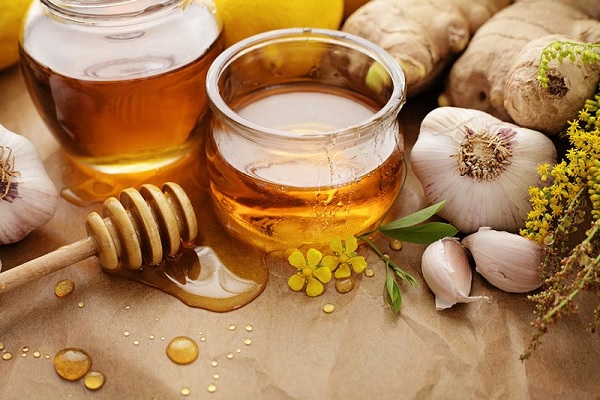In this article, we’ll discuss 9 Facts and Truth about Natural Antibiotics Myths. Antibiotics are substances produced by bacterial, fungal, plant, or animal cells that selectively inhibit the vital activity and reproduction of microorganisms. It is important to remember that antibiotics do not affect viruses in any way.
People have been using antibiotics since ancient times, though without knowing anything about how they work. But antibiotics work whether a person knows about them or not. Therefore, archaeologists discover ancient remains in which there are traces of substances with antibacterial properties.
It is important to note that no product labeled as a natural antibiotic is approved by the Food and Drug Administration (FDA), one of the most authoritative organizations dealing with drug safety and efficacy. There are no clinical guidelines that contain instructions for the use of natural antibiotics. This is due to the fact that there are still not enough clinical trials proving the effectiveness of these substances.
Together with MedAboutMe, we will analyze what is known about natural antibiotics, what is true, and what belongs to the category of myths.
1. Honey is a natural antibiotic
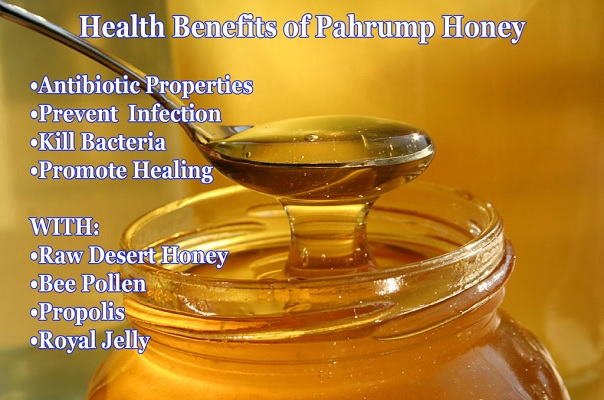
Is it true?
Honey contains a well-known antiseptic – hydrogen peroxide. In addition, honey contains natural substances – flavonoids, which have an antibacterial effect. They cause damage to the bacterial cell wall and affect the production of protein in it. And the high sugar content in honey can inhibit the growth of bacteria.
Honey can be used to treat a mild cough, as well as minor wounds and ulcers. Do not forget that honey is a strong allergen. And also you should not count on high antibacterial efficiency.
2. Ginger has an anti-inflammatory effect or a Natural Antibiotic
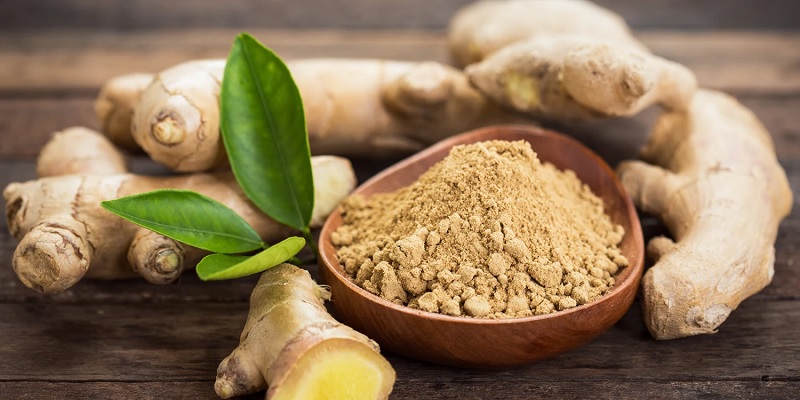
Is it true?
Ginger contains substances such as gingerol, shogaol, paradol, and gingerol. They are natural antioxidants and help fight inflammation. In addition, ginger root contains many vitamins (vitamin C, B1, B2, B6, B9), which stimulate the immune system and help fight colds. According to many studies, ginger root contains natural compounds that can destroy bacterial cells.
It must be remembered that ginger should not be taken with drugs that thin the blood, as this can cause bleeding.
3. Oregano oil for inflammation
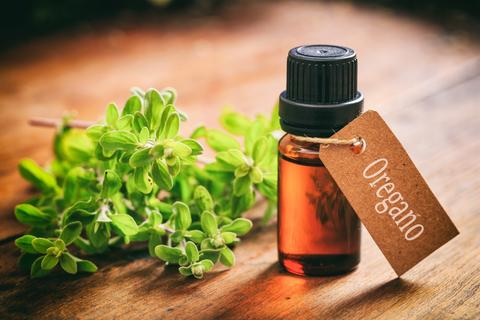 Is it true?
Is it true?
There is an opinion that oregano oil is as effective as many natural antibiotics. All this is due to substances such as carvacrol and thymol. They help fight urinary, respiratory, and skin infections by inhibiting bacterial growth. Due to the antibacterial properties of oregano oil, it can be used to fight bacteria that are resistant to other antibiotics.
When taking oregano oil, the dosage must be strictly observed, as it has a strong therapeutic effect. Also, do not use it during pregnancy.
4. Echinacea for flu and SARS
Myth.
Echinacea is completely ineffective in the treatment of colds, as well as against bacterial infections, as studies by scientists from the Cochrane Society have shown.
In addition, echinacea can cause side effects such as nausea, vomiting, and dizziness.
5. Garlic and onions “for all ailments”
Myth.
There are no reliable studies that can confirm the effectiveness of eating garlic and onions in fighting viral and bacterial infections.
One must be very careful when using these spice-flavoring plants. They can irritate the lining of the stomach and stimulate an intense secretion of bile. It is not recommended to use garlic and onions for people who are constantly taking blood-thinning drugs and anti-inflammatory drugs.
6. Horseradish is also a natural antibiotic
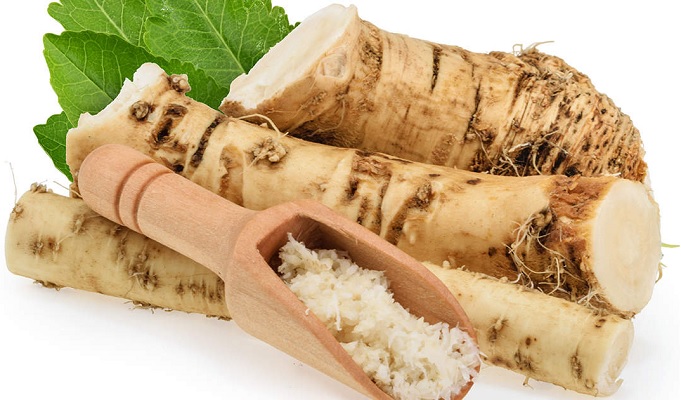
Myth.
Many use horseradish to treat bacterial diseases of the respiratory organs and urinary system. But there is no scientific evidence that this plant contains natural antibiotics.
Horseradish must be used with extreme caution. The active substances in it can cause irritation of the mucous membrane of the stomach and intestines. Overdose may cause diarrhea.
7. Colloidal silver disinfects
Myth.
No one should use colloidal silver. There are no studies to support its effectiveness against microorganisms. In addition, it can accumulate in the tissues of the body, leading to argyria, an irreversible condition in which the skin becomes gray-blue.
Large doses of this substance can cause kidney damage.
8. Bearberry for inflammation
Is it true?
Studies have shown that bearberry leaves contain a whole range of biologically active substances, such as arbutin, hydroquinone, phenol carboxylic acids, flavonoids, and tannins. They have antibacterial activity and anti-inflammatory effects. Bearberry has a diuretic effect and is also used to treat urinary tract infections.
During the course of taking bearberry leaves, it is necessary to ensure compliance with the drinking regimen. It must be remembered that patients suffering from renal insufficiency should use this herbal preparation with great caution.
9. Tea tree oil is a powerful Natural antibiotic
Partly true.
This substance with a specific pungent odor has an excellent legend, and a lot of money was invested in its advertising. As a result, tea tree oil has developed a reputation for being a powerful antibacterial and antifungal agent. Many even believe that viruses die when exposed to this “miracle oil”. And how is it in reality?
Unfortunately, there is still not enough reliable scientific data regarding the effectiveness and safety of tea tree oil (MTA). Although studies have been carried out, and a number of works are reserved, they report some effectiveness of MCD against bacteria, fungal and parasitic infections. However, there is no talk of any “superpowers”.
MChD can suppress the reproduction of certain types of bacteria, and inhibit the development of fungi. But at the same time, the degree of effectiveness may largely depend on the composition of the substance used, impurities, etc. A number of works confirm the toxicity of tea tree oil when taken orally, and the existence of hypersensitivity to this substance is also known.
Perhaps the manifestation of allergic reactions, irritation when applied to the skin (especially in its pure form), the appearance of peeling, dryness, and cracks. Australian scientists who published an article in 2006 on the properties of MCHD note the potential value of the oil, especially in connection with the danger of the emergence of a superbug on Earth that is insensitive to conventional antibiotics. However, according to scientists, much more extensive research on tea tree oil and other natural substances is needed.
Natural antibiotics are agents for treating infections with unproven effectiveness. Applying them, a person must understand that he acts at his own peril and risk, going beyond evidence-based medicine. The traditional treatment prescribed by a doctor should not be abandoned, but it is perfectly acceptable to supplement it with natural remedies if the treating specialist approves. Self-medication is absolutely unacceptable, especially when it comes to infectious diseases.
We also recommend reading the article Natural “antibiotics”: herbs on guard of health, which tells about the antibacterial properties of herbs and plants. For more useful tips and information about health and fitness visit our website.
You May Also Like:- Bandage On The Shoulder Joint Indications | Features of Choice

